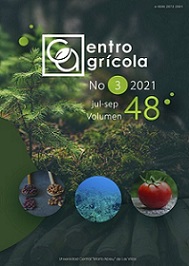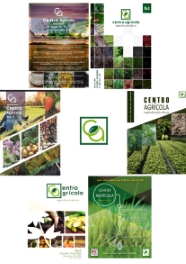CE: 1679 CF:cag09318
SCIENTIFIC ARTICLE
SCIENTIFIC ARTICLE
1 y Lázaro Jesús Ojeda Quintana2
1Jardín Botánico de Cienfuegos, Km 15, Circuito Sur, Pepito Tey, Cienfuegos, Cuba, CP 55 100
2 CUM Cumanayagua, Universidad de Cienfuegos, Cumanayagua, Cienfuegos, Cuba, CP 57 600
E-mail: This email address is being protected from spambots. You need JavaScript enabled to view it.
ABSTRACT
The living collections of the Cienfuegos Botanical Garden store a wealth of vascular plants with an average of 70 years. A great concern for the specialists at the botanical garden is that many of the species are represented in the collections by a single individual. In 1998, a program was developed to preserve these species. This program implies the control of its reproduction, cultural management and the monitoring of insect pests and diseases. Starting from the detection of Paratachardina pseudolobata Kondo & Gullan (Hemiptera: Coccoidea: Kerriidae) in 2008, the present investigation was conceived with the objective of identifying it’s host plants and the level of infestation. The presence of the insect was verified in 36 % of the species, 39 % of the genera and 90 % of the botanical families present at the Cienfuegos Botanical Garden. It was found that 12.8 % of the specimens conforming the collection of living plant were affected. Urgent control measures were undertaken to control the insect pest and to avoid its proliferation. The 6 % of the plants presented severe infestation, 25 % average infestation and 69 % light. Of the affected species, 256 constituted new host plant registers for P. pseudolobata in Cuba, including four families (Dichapetalaceae, Juglandaceae, Bignoniaceae and Cupressaceae), nine Cuban endemic and 12 native species, of them, six species with threat category.






